Chops: Intermediate
Theory: Intermediate
Lesson Overview:
• Learn to play harmonized melodies and scales.
• Understand the basics of diatonic harmony.
• Create phrases in the style of the Allman Brothers, Iron Maiden, and Metallica.
Click here to download a printable PDF of this lesson's notation.
Whether it’s the country-blues stylings of the Allman Brothers or the sinister tones that Iron Maiden helped pioneer, dual-guitar harmonies can be found in almost every style of music.
Playing twin-guitar harmonies restricts you to specific parts, with little or no room for error or improvisation, yet to perfectly sync up with another musician requires such skill and control that it’s inspiring for the players and audience alike. Unfortunately, you won’t always have another guitarist readily available to work out harmony parts, and even if you do, skill levels are not always compatible between two players. One obvious way to get around this is to learn how to play harmonized lines yourself, on one guitar in real time. It’s a potent technique—well worth exploring and mastering.
Let’s take a closer look. First, where do these harmonies come from? Typically, harmonies are built around diatonic thirds, with additional harmony coming from fourths and fifths. Other harmonies do appear, but these three are the essential building blocks. They are also the easiest to simultaneously fret on the guitar when playing lead.
To get us started I’ve tabbed out a G major scale (G-A-B-C-D-E-F#) played on one string (Ex. 1).
Examples 2, 3, and 4 show the G scale harmonized below using diatonic thirds, fourths, and fifths, respectively.
Examples 5, 6, 7, and 8 show the same scale, this time written down an octave and played on the 4th string. Again, we’ve harmonized it using the same intervals, but this time the harmonies lie above the scale. Now we know we can build harmonies using notes both above and below the melody. Okay, let’s get to some melodies.
Ex. 9 shows a melody (measure one) that’s harmonized using only thirds (measure two). As you can see, the melody and harmony are relatively easy to play by themselves, but once you try playing them together (Ex. 10), it gets exponentially more difficult. I recommend you start very, very slowly—perhaps half the speed at which you’d play single notes. Also try using a hybrid picking technique, attacking the lowest notes with the flatpick and the higher notes with your middle finger. Not only does this let you pluck both notes simultaneously, but it also gives each line it’s own distinctive attack and tone, and this emphasizes the two-guitar sound we’re trying to emulate.
Click here for Ex. 9
Click here for Ex. 10
Our next example is also made up of diatonic thirds. Ex. 11 demonstrates the melody and harmony played one part at a time. Playing both parts at the same time presents its own special challenges, because the phrase contains several two-string hammer-ons and pull-offs (Ex. 12). Again play this very slowly at first. You might even want to tackle one group of notes at a time—the first four notes, for instance—before attempting to play the entire phrase. Notice how the repeated ascending phrase is played over a D chord the first time, but over a G chord on the second pass (measure three). This adds even more harmonic richness to the phrase.
Click here for Ex. 11
Click here for Ex. 12
Examples 13 and 14 cover some heavy metal-inspired tones using thirds and fourths. It’s the combination of the harmonies and the chromatic movement of the line that makes this melody so ominous. Note that on the recording, when I play with a clean tone I let the low 6th string ring out, adding to the harmony. But when I kick in the distortion, I mute the low E to prevent the line from being cluttered.
Click here for Ex. 13
Click here for Ex. 14
Finally, Ex. 15 is an Allman Brother-inspired phrase that also combines thirds and fourths. This line is particularly challenging due to the large interval leaps and syncopated rhythmic phrasing.
Click here for Ex. 15
If you’re new to playing two melodic lines at the same time, be patient. It’s easy to give up and think “I’ll just get a harmonizer” or “I know someone who can play that low part.” But trust me: If you stick with it, the musical reward is worth the effort.


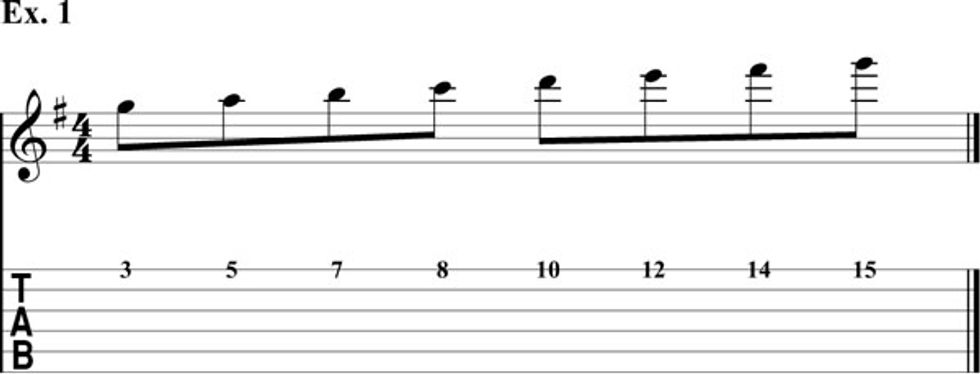
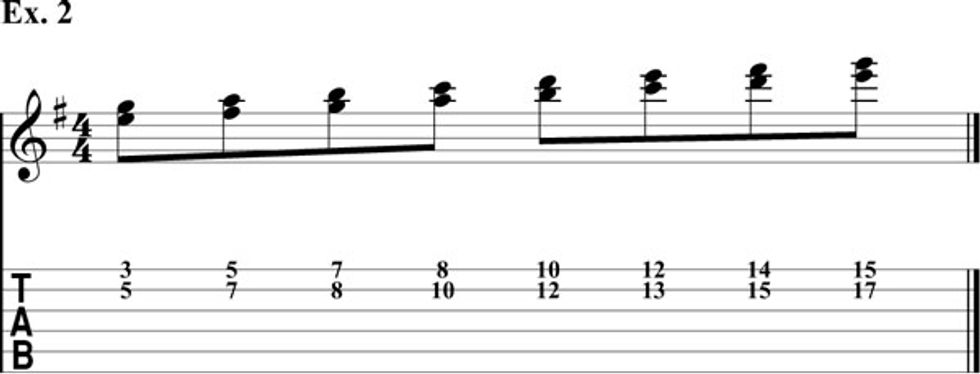
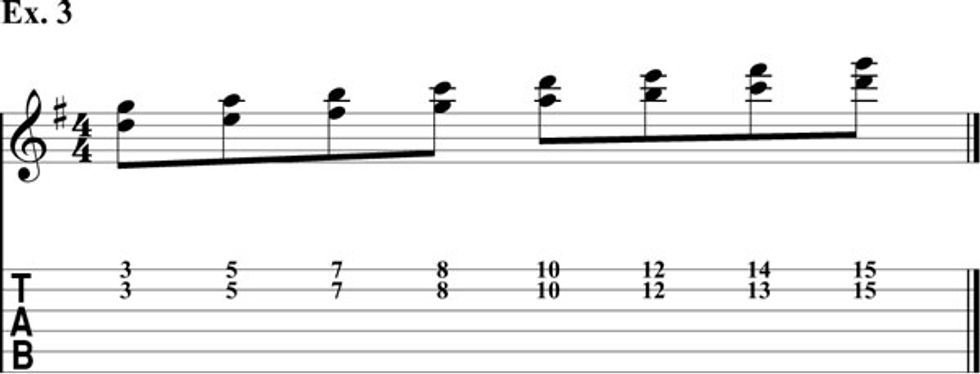
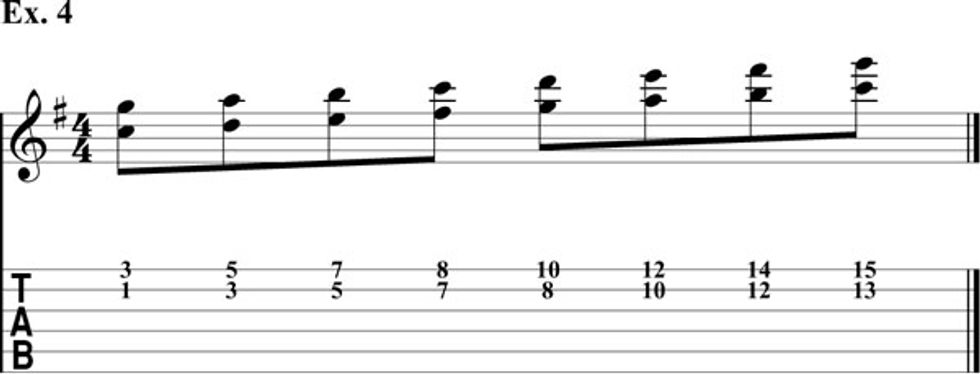
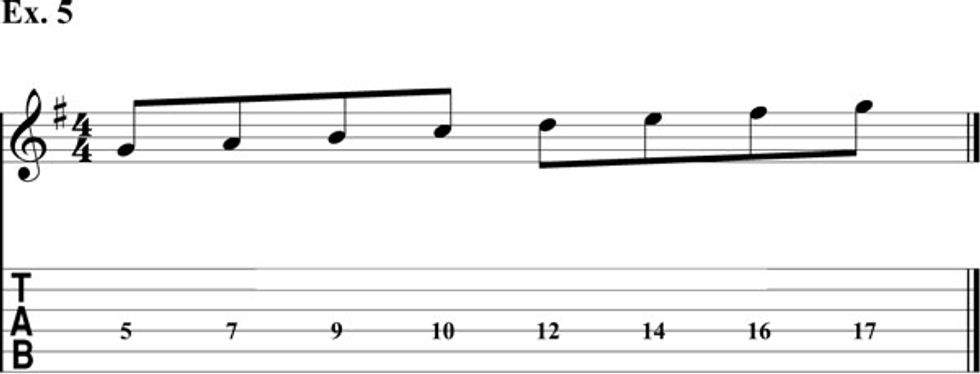
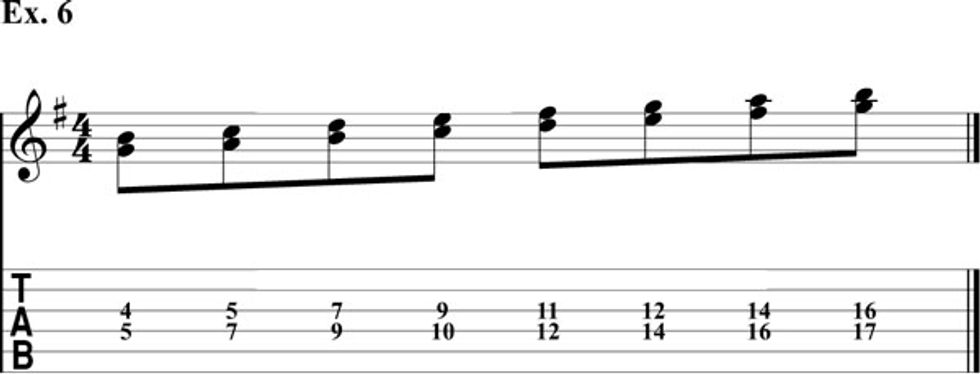
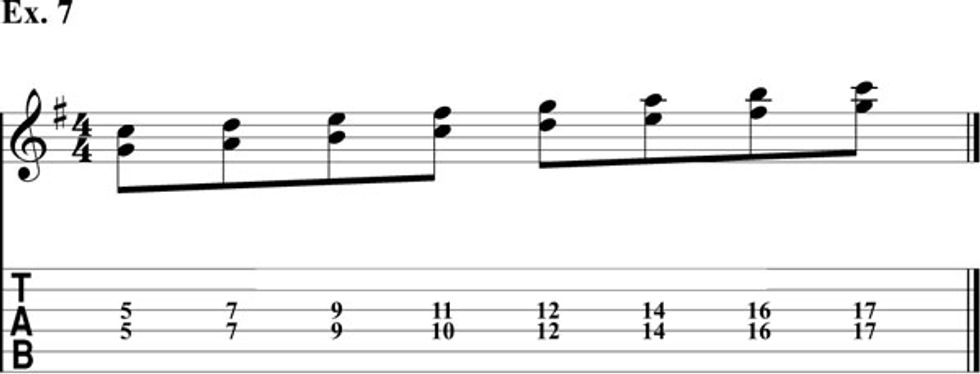
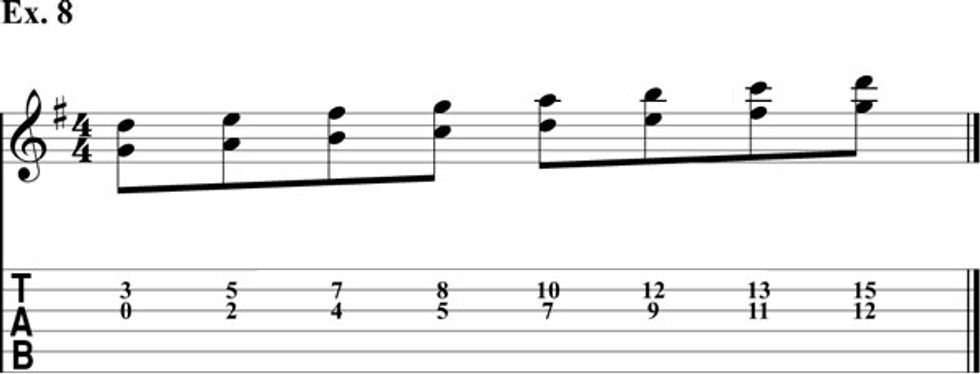





![Rig Rundown: Russian Circles’ Mike Sullivan [2025]](https://www.premierguitar.com/media-library/youtube.jpg?id=62303631&width=1245&height=700&quality=70&coordinates=0%2C0%2C0%2C0)









